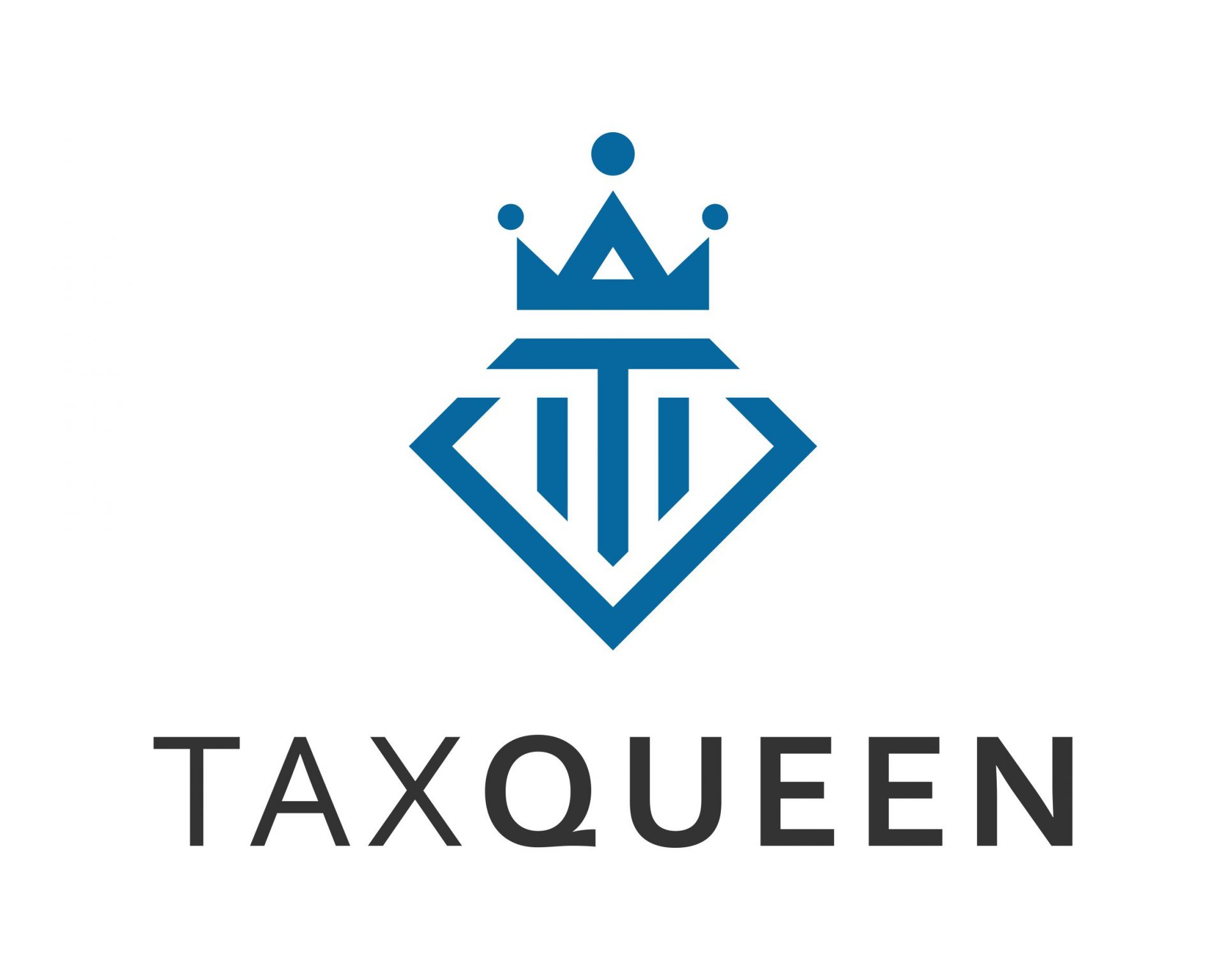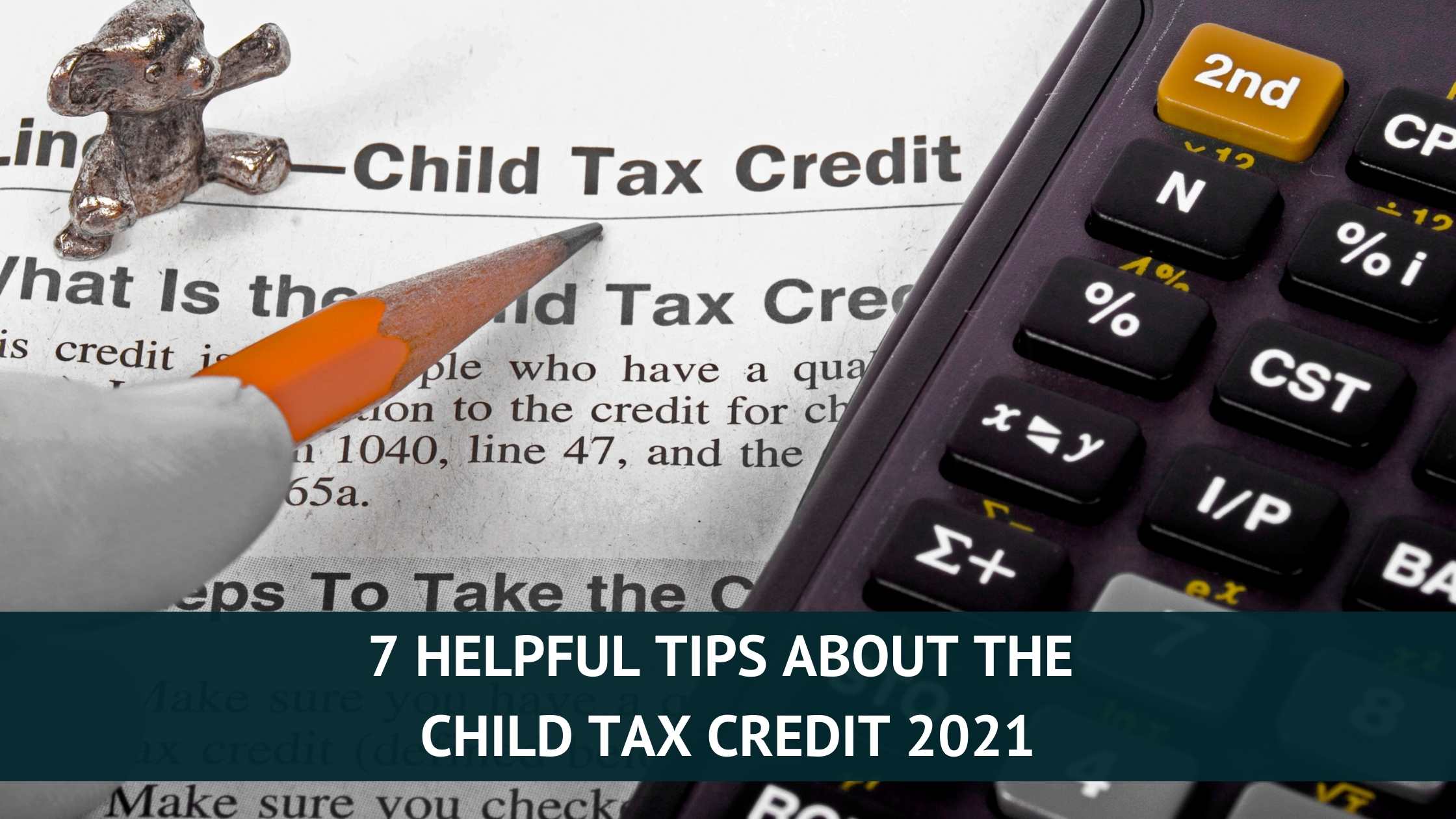Are you a parent? Did you receive a little extra in your bank account? This is the first time the child tax credit is being paid out on a monthly basis. But there are some important things you should know about the child tax credit 2021.
Let’s dive in.
First, let’s review the 2020 child tax credit so you have a basic understanding. Any dependent on your tax return qualifies for a $2,000 child tax credit as long as the child is under the age of 17. The credit phases out as your income goes up starting at $400,000 for a married filing joint return and $200,000 for a single or head-of-household return. Up to $1,400 of the child tax credit is refundable but typically the credit helps reduce any taxes you might owe. The taxpayer must have at least $2,500 of earned income to get the refund.
Also, the general rules for child tax credit eligibility continue to apply. This means the child must be a U.S. citizen, national or resident alien, and have a Social Security number. You also must claim him or her as a dependent on your 2021 tax return, and the child must be related to you and generally live with you for at least six months during the year. You must include the child’s name, date of birth, and SSN on the return.
1. What changes did Congress make to the child tax credit 2021?
The American Rescue Plan Act of 2021 temporarily expands the child tax credit for 2021 in a couple of ways.
- It allows 17-year-old dependents to qualify for the credit
- It increases the credit to $3,000 per child ($3,600 per child under age 6).
- It makes the credit fully refundable and removed the $2,500 earnings floor.
- It requires half of the credit to be paid in advance. The IRS sends monthly payments to families from July 2021 to December 2021.
2. How is the advanced payment calculated?
The changes by Congress requires the IRS to pay half of the child tax credit in advance. Therefore, the IRS started sending out monthly payments in July and will continue to do so through December 2021.
All eligibility is based on previously filed tax returns. This means the IRS will use your 2020 return. If no 2020 return has been filed, then it will use 2019 information. Most payments will be directly deposited into the bank account provided to the IRS. If the IRS does not have a bank account for a taxpayer, you could receive either a check or debit card in the mail. You can update bank information with the IRS.
The amount of the advanced payment will vary based on the number of children in the family, ages of the children, and also the amount of the family’s adjusted gross income (AGI).
For example, let’s look at a family with 3 children ages 12, 7 and 5. Assume the family’s income qualifies them for the higher child tax credit 2021 and neither parent opted out of the advance payments. The family will get $800 per month from July to December for a total of $4,800. This is the advanced payment. When they file their return next year, they will claim an additional $4,800 in child tax credit.
3. Do all families qualify for the higher child tax credit?
No. Not all families will qualify but many should. The child tax credit 2021 begins to phase out at adjusted gross income (AGI) of $75,000 for single returns, $112,500 for head-of-household returns, and $150,000 on joint returns. The credit is reduced by $50 for every $1,000 over the applicable threshold. This phaseout applies to the extra $1,000 or $1,600 for 2021 and not the original $2,000.
For example, a married couple has one child who is 4 years old. They file a joint return and have an AGI of $160,000 for 2021. Since their AGI is $10,000 above the threshold ($150,000), their credit is reduced by $500 ($50 x 10). Their final child tax credit 2021 will be $3,100.
4. Who should opt out of the payments?
If you prefer to use the tax credit to help offset taxes owed, then you should opt out. Otherwise, you may actually owe the advanced payments back when it comes to tax time. That will come as a surprise to many.
I’ll repeat that because I think it’s that important. If you usually use the child tax credit to help offset your tax liability, you should opt out. Otherwise, you may actually owe the advanced payments back when you file your 2021 tax return.
If your child officially became an adult (turned 18), then you’ll want to opt out. Because the IRS is basing the payments on your 2020 tax return, it doesn’t factor in age or any income changes. If by the end of 2021, your child has turned 18, they are no longer eligible for the credit. Should you receive the advanced payment, then you’ll owe it all back.
5. How to opt out of the advanced payments for the child tax credit 2021?
The IRS has created a website for managing your monthly payments. To stop the payments, you need to have an account or create one. Prepare to be patient as it’s not the quickest process. You’ll need to verify your identity.
Be aware: if you’re married filing jointly, BOTH parents need to opt out. If only one of you opts out, then you will continue to still receive half of the monthly advanced child tax credit payments.
The deadline to opt out is 3 days before the first Thursday of every month (July to December).
6. What does it mean that the child tax credit 2021 is fully refundable?
With the expanded child tax credit, as long as the family lives in the USA for more than half of 2021, then the credit is fully refundable. Before the change to the credit, only some taxpayers qualified for up to $1,400 per child as a refund.
Under the new rules for 2021, taxpayers who qualify for the child tax credit can receive a full refund even if there is no tax liability. There are also no limits on a refund based on earned income. Remember prior to 2021, a family had to have at least $2,500 of earned income to receive any refund.
7. What if I have a baby in 2021?
Because the IRS does not know about your new baby, you will not receive advanced payments for that child. However, you will be able to account for your new baby when you file your 2021 tax return. As long as you are otherwise eligible (income limits, etc.), you can take the child tax credit up to $3,600 for your baby on your 2021 tax return.









